#Architectural Innovation
Explore tagged Tumblr posts
Text



















We Rural Country House by Archisbang redefines the essence of rural architecture. Situated within the historic Palazzo Valgorrera in Piedmont, this project transforms a portion of a traditional farmhouse into a modern sanctuary.
Floating wooden structures, wrapped in a translucent polycarbonate skin, merge past and present, creating a space that feels both grounded and ethereal. Exposed brickwork and weathered tiles preserve the charm of the original architecture, while sculptural iron staircases lead to serene guest rooms above.
A design that honors history while embracing innovation—an invitation to live, gather, and connect.
Photography by Aldo Amoretti.
#italian interiors#italian architecture#architecture#italy#italian houses#houses#country houses#archisbang#aldo amoretti#modern design#rural architecture#Farmhouse Aesthetic#Historic Restoration#Interior Design#Architectural Innovation#Piedmont Italy#Contemporary Design#Minimalism#Design Inspiration#Sustainable Architecture#Architectural Photography#Timeless Design
26 notes
·
View notes
Text
Importance of Space in Architecture
Space is a very fundamental element in architecture. When thinking about comfort, I think about space. The shape or arrangement of a certain space also makes people feel comfortable. These are some of the elements that architects must have in mind while designing a certain space.
Being in a building or structure that has a lot of space makes me feel comfortable, and even makes me feel more connected to it. When designing a building, architects use different methods or philosophies to create or give shape to a certain space, but not only the space inside a building is what’s important but also, it’s surrounding. The location of a building is also fundamental and needs to have a certain relation with the building, considering elements such as light, wind, climate, temperature, and many more. Space is also important in terms of functionality. Depending on the functionality of a certain building, the spaces inside a building need to have an order for it to be functional.
Space can be molded or shaped in different ways. For example, if you have a cube, you can make different models by subtracting or adding some of its sides. In real life, those cubes symbolize different rooms, and those rooms will be inside a building, giving the building a certain design and functionality. Space can also change or be innovated through time and make it more efficient and can even leave a good on the impact people in it. For example, workspaces or offices before had a certain design and elements that nowadays have changed. The cubicles were bigger and had a certain rearrangement that occupied more space in the building. Offices nowadays have gone through innovation thanks to technology, and this has helped a lot in terms of space and functionality. Now the shapes and arrangements of these cubicles have changed and even some materials, like glass for example, are being implemented to create transparency and an illusion of having more space, while maintaining the privacy in that certain cubicle.
The space in a structure can leave a good impact on the people in it. Inside or outside a building, they can feel connected and comfortable with it. Elements such as aesthetic and functionality are both represented by the type of space the architect wants to create. As an architect, you must know how to make people feel comfortable in your design, while using the different methods of designing. All those methods will help them create the perfect space and environment, maintaining both aesthetic and functionality, so that people can enjoy the design itself.

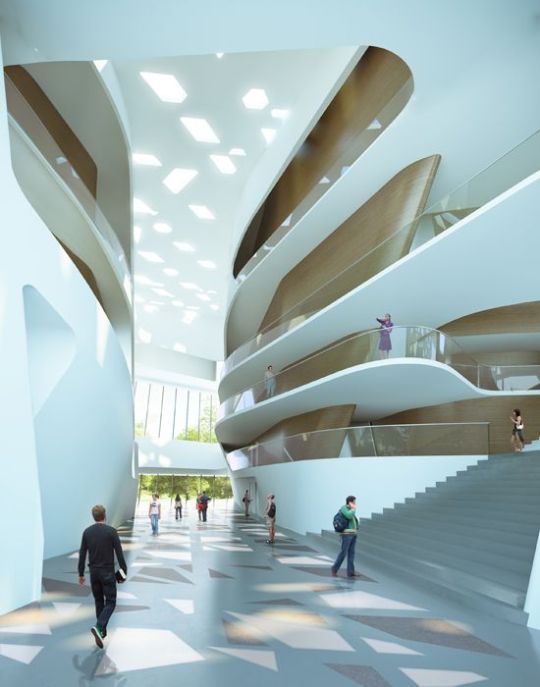
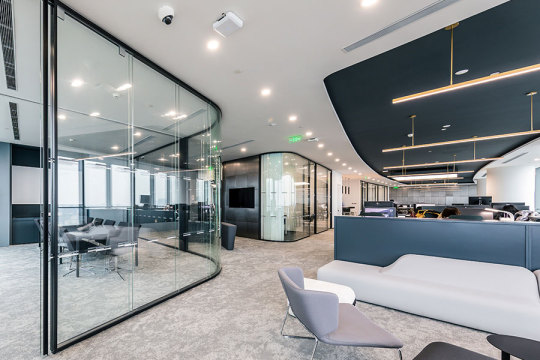
2 notes
·
View notes
Text
Arches: The Timeless Marvels of Architecture
An arch, in its most fundamental form, is a simple structure that has stood the test of time. It has both defied and defined our understanding of architecture, standing at the intersection of beauty and strength. These structural forms, traced back to ancient civilizations, continue to marvel us with their timeless appeal and enduring resilience. Britannica An arch is essentially a curved…
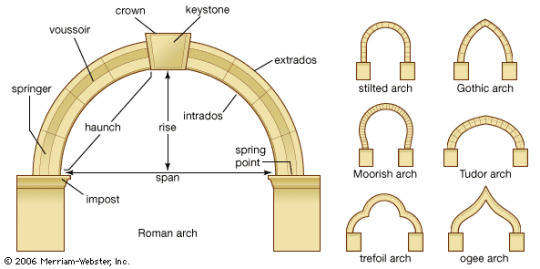
View On WordPress
#Antoni Gaudí#Arch Types#Arches#Architectural Aesthetics#Architectural Design#Architectural Evolution#Architectural History#Architectural Innovation#Architecture#building design#civil engineering#Construction materials#Cultural Symbols#Gothic Architecture#Historical Structures#Islamic Architecture#Load Bearing Structures#Modern Architecture#Roman Architecture#structural engineering
4 notes
·
View notes
Text
Crafting Tomorrow: The Renaissance of Jamaican Architecture in 2024
#architectural innovation#Cultural Heritage#Jamaican architecture#modern design#sustainability#urban development
0 notes
Text
The Future of Architecture: Exploring the Growing Construction Glass Market
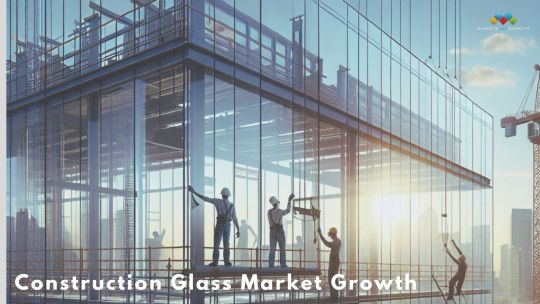
The construction glass market is evolving in unprecedented ways, shaped by the forces of rapid urbanization, groundbreaking technological advancements, and an increasing emphasis on sustainability. Construction Glass Market is valued at USD 112.0 billion in 2024 and is projected to reach USD 144.3 billion by 2029, growing at 5.2% cagr from 2024 to 2029.This strong growth trajectory offers abundant opportunities for professionals in both commercial and residential construction to enhance their projects with state-of-the-art glass solutions that improve both functionality and aesthetics.
Key Drivers Fueling Market Expansion
1. Urbanization and Infrastructure Growth
As cities grow and new infrastructure projects continue to emerge, the need for high-quality construction materials, especially glass, is rising at a rapid pace. This is especially evident in densely populated regions such as Asia, where countries like China and India are investing heavily in residential and commercial construction. These investments are spurring demand for glass products that provide both structural and aesthetic benefits, meeting the evolving needs of modern urban centers.
2. Embracing Sustainable Solutions
The construction industry is progressively shifting towards sustainable practices, with a significant focus on reducing energy consumption and minimizing environmental impact. Advanced energy-efficient glass products, such as low-emissivity (Low-E) glass, are becoming increasingly popular due to their ability to control heat transfer and improve energy efficiency. This kind of glass not only supports energy-saving goals but also brings a sleek, modern look to architectural designs, enhancing both the appeal and environmental performance of buildings.
3. Technological Advancements in Glass Production
Breakthroughs in glass manufacturing are enabling the development of specialized glass types that serve a wide range of architectural purposes. For instance, coated glass provides enhanced thermal performance and excellent solar control, making it a preferred choice for large commercial buildings and skyscrapers. These innovative products allow architects to design structures that are not only beautiful but also energy-efficient, comfortable, and durable.
Market Segmentation: Understanding Key Segments
The construction glass market is diverse, with various segments catering to specific applications and requirements.
By Application: This market can be divided into residential and commercial segments. While the residential sector remains the largest, driven by steady housing demands and renovation activities, the commercial sector is growing quickly as smart cities emerge and architectural designs evolve. Commercial projects are particularly benefiting from advanced glass products that improve energy efficiency and aesthetic value.
By Type: Flat glass is widely used in windows and facades due to its versatility and cost-effectiveness, making it the most common type in the market. However, special glass—including tempered, laminated, and smart glass—is seeing a surge in popularity thanks to its enhanced durability, safety, and energy performance, which make it ideal for high-rise buildings and specialized architectural projects.
By Geography: The Asia-Pacific region leads the global construction glass market, thanks to strong urbanization and infrastructure investments, especially in emerging economies. North America is also experiencing rapid growth, driven by an increasing focus on green building initiatives and stricter energy efficiency regulations, positioning it as a key player in sustainable construction.
Challenges to Consider in the Construction Glass Market
While the future is promising, the construction glass market does face certain challenges that professionals need to be aware of.
Raw Material Price Fluctuations: The cost of raw materials used in glass production can be highly volatile, affecting overall production expenses and, ultimately, pricing for consumers. This unpredictability can create financial challenges for manufacturers and impact project budgets for both residential and commercial clients.
Environmental Impact and Recycling Issues: As sustainability becomes central to construction practices, there is growing attention on the need to responsibly manage glass waste and improve recycling processes. Developing effective strategies for glass recycling and waste management is essential, not only to comply with regulatory standards but also to support global sustainability goals.
Future Outlook: Trends to Watch
The future of the construction glass market is filled with exciting developments and trends that have the potential to reshape the industry.
Smart Glass Technologies: The integration of smart technologies in glass will allow buildings to automatically adjust to environmental changes, thereby optimizing energy efficiency and enhancing occupant comfort. Smart glass can change its opacity or heat resistance in response to sunlight, contributing to significant energy savings.
Renovation and Retrofitting: With a growing focus on updating older buildings to meet modern energy standards, retrofitting projects are expected to be a major driver of demand for energy-efficient glass solutions. By incorporating high-performance glass, architects and builders can enhance building insulation, reduce energy consumption, and refresh the visual appeal of existing structures.
Sustainable Manufacturing Practices: As environmental awareness grows, the demand for eco-friendly construction materials, including glass, is on the rise. Manufacturers investing in sustainable production processes—such as reducing emissions and using recyclable materials—are likely to gain a competitive edge in this market, meeting both consumer demand and regulatory requirements for green construction.
For More Deeper Insights Download PDF Brochure :
The construction glass market is at a dynamic and transformative point, driven by urban expansion, a stronger focus on sustainable practices, and constant technological innovation. For industry professionals in commercial and residential construction, staying attuned to these trends is essential for leveraging the opportunities in this expanding market. Embracing advanced glass solutions allows for the creation of buildings that are not only energy-efficient and environmentally responsible but also visually striking and adaptable to future needs.
In a rapidly changing industry, understanding the market dynamics and integrating cutting-edge glass technologies into projects is key to staying competitive and contributing to a more sustainable built environment. Whether you're designing the latest skyscraper or renovating a historic building, exploring the possibilities of modern glass solutions can elevate your projects, bringing value to both your clients and the communities you serve.
#Construction Glass Market#Sustainable Building Materials#Smart Glass Technology#Energy-Efficient Glass#Urbanization in Construction#Architectural Innovation#Green Building Initiatives
0 notes
Text
#architectural models#3D printing#architectural design#model making#physical models#site models#digital visualization#architectural scale models#3D modeling#architectural technology#model makers#construction design#architectural innovation#CAD software#VR architecture
1 note
·
View note
Text
WADE ASIA 2024: Empowering Women in Design & Architecture with Innovation and Sustainability
WADE ASIA, the premier platform dedicated to women in design and architecture, has been instrumental in redefining the landscape of the industry since its inception in 2016. Founded by the visionary sisters Vertica Dvivedi and Madhurima Chowdhury, WADE ASIA stands as a beacon of empowerment, providing a dynamic space for women architects, interior designers, artists, and engineers to showcase…

View On WordPress
#Architectural Innovation#Design Conferences#Interior Design#Sustainable Design#WADE ASIA 2024#Women Empowerment#Women in Architecture
0 notes
Text
Construction Glass Coming Good for Making Green Buildings
There is nothing hyperbolic in the fact that the global construction sector is growing like wild fire, particularly in the developing countries like India, China, Japan etc. The intensifying construction activities and developed infra are the core evidences of the booming construction sector, all over the world. The construction industry is always on the lookout for much-improved, reliable and…
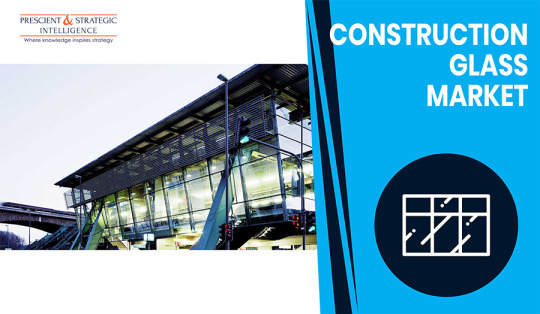
View On WordPress
#Architects#Architectural Innovation#Commercial Skyscrapers#Competitive Landscape#Construction Glass Market#Construction industry#Energy-Efficient Designs#Investors#Low-Emissivity Coatings#market analysis#Market Segments#opportunities#Regional Influences#Residential Buildings#Smart Glass#sustainable construction
1 note
·
View note
Text
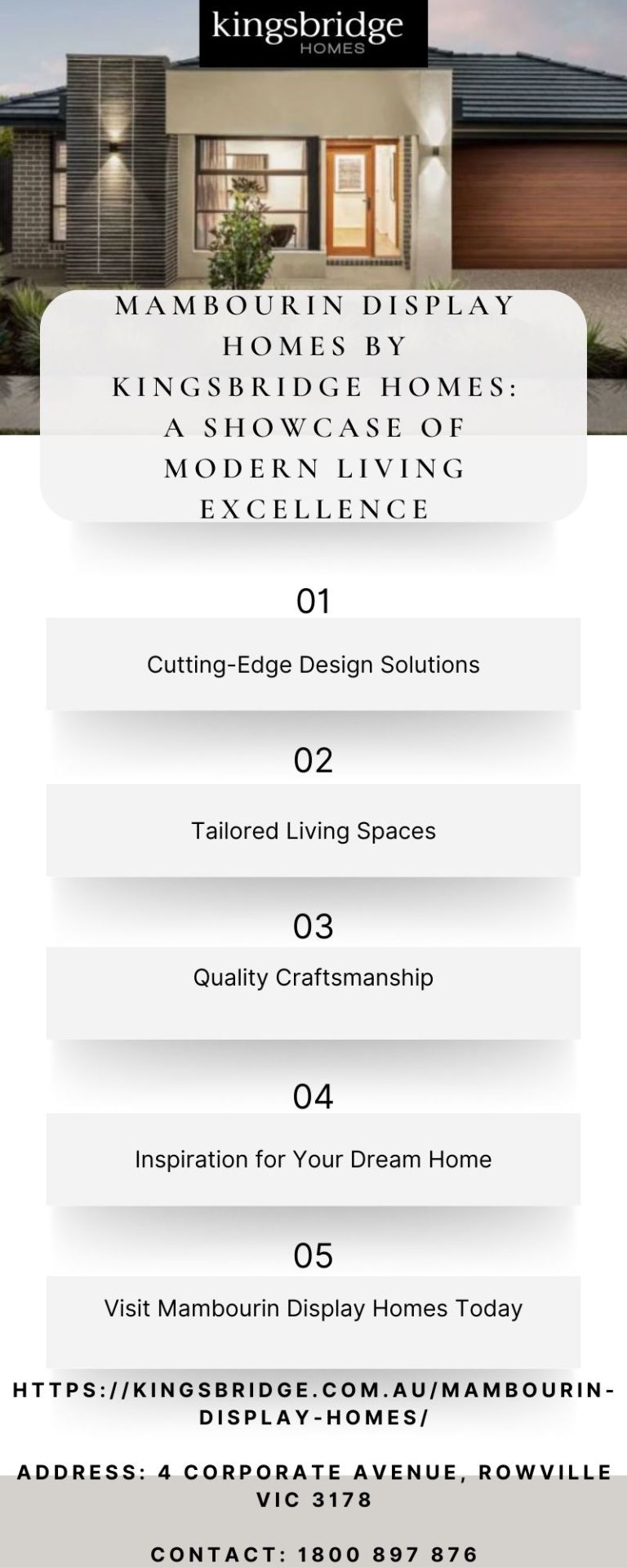
Mambourin Display Homes by Kingsbridge Homes: A Showcase of Modern Living Excellence
#Mambourin Display Homes#Modern Living#Sustainable Design#Real Estate Investment#Family-Friendly Homes#Melbourne Western Suburbs#Eco-Friendly Homes#Dream Home Inspiration#Architectural Innovation#Open House Tours
0 notes
Text
Unveiling the Distinctions: Architecture vs. Engineering
Introduction: In the vast realm of design and construction, two fields stand out as pillars of creativity and innovation: architecture and engineering. While they often collaborate closely, each discipline carries a unique set of responsibilities, skills, and perspectives. This article aims to delve into the fundamental differences between architecture and engineering, shedding light on the…
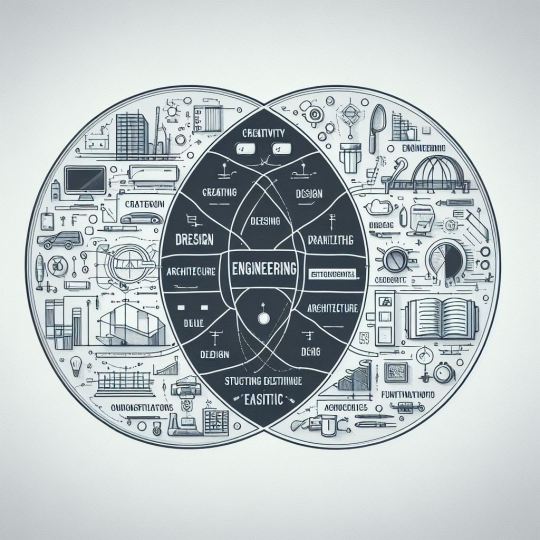
View On WordPress
#aesthetic structures#Architectural Design#Architectural Innovation#architecture and engineering collaboration#building codes compliance#building construction#built environment#collaborative design#construction phase oversight#cultural sensitivity in architecture#design development#energy-efficient systems#engineering services#environmentally friendly solutions#interdisciplinary design#precision in engineering#problem-solving in design#spatial planning#structural integrity#sustainable design#sustainable materials#technical expertise in engineering#visual appeal in architecture.
0 notes
Text
What are Aerogel Glass Blocks?
In the ever-evolving world of architecture and construction, new materials continually emerge, pushing the boundaries of design and performance. One such innovation is the aerogel glass block, a remarkable material that combines the transparency of glass with the extraordinary insulating properties of aerogels. In this article, we will delve into the fascinating world of aerogel glass blocks,…
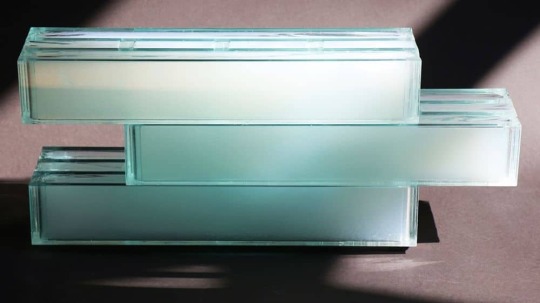
View On WordPress
#architectural innovation#building materials#building technology#construction administration#environment#green building design#innovative building materials#innovative building technology#sustainable design
0 notes
Text

#China#Forest City#Liuzhou#urban planning#green architecture#air pollution#climate change#sustainability#environment#innovation
365 notes
·
View notes
Text
#architectural models#3D printing#architectural design#model making#physical models#site models#digital visualization#architectural scale models#3D modeling#architectural technology#model makers#construction design#architectural innovation#CAD software#VR architecture
1 note
·
View note
Text

Studio Oker / AutoStore / Innovation Hub / Wayfinding / 2023
25 notes
·
View notes
Text

Le Panthéon, Paris
Jean-Marie SUHUBIETTE
30 notes
·
View notes
Text


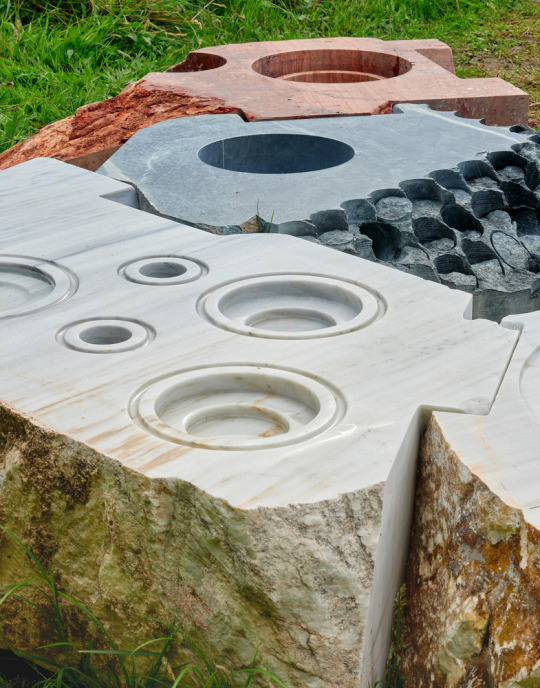


Transspecies Kitchen. Antwerp, Belgium. 2022. Andrés Jaque.
18 notes
·
View notes